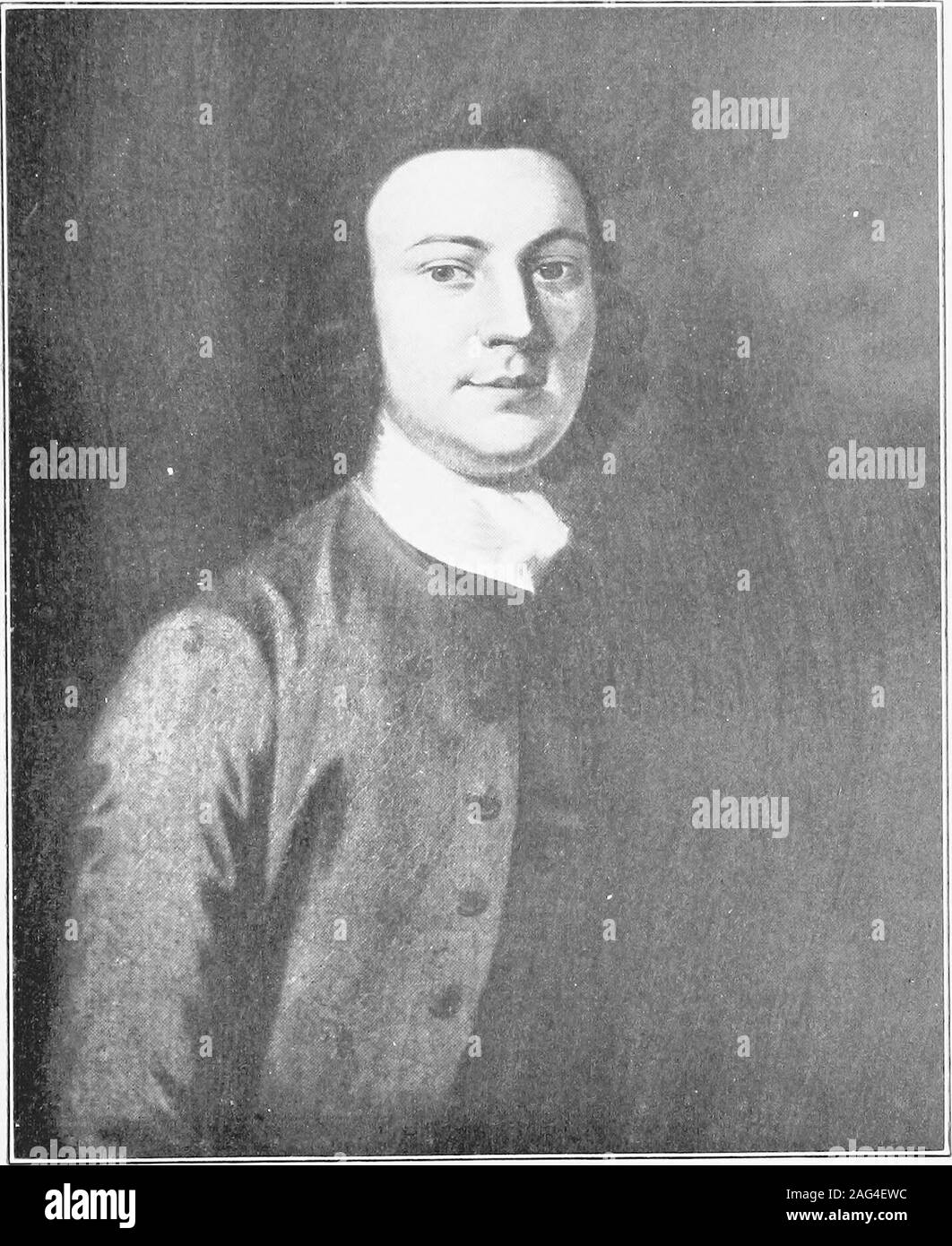. The stone house of Gowanus, scene of the battle of Long Island. in the frontispiece to this vol-ume would be directly back of the City Hallspire, and overlooking the East River. In-trenchments and redoubts marked the lines be-tween the forts. To the east, on Prospect Range, no forts assuch were attempted; but earthworks, re-doubts, and barricades were general, anda regular picket line extended from what isnow Eastern Parkway to Greenwood. Theline was especially strong at Gowanus—thenearest point in the eastern range to the linesat Brooklyn, and the most direct in approachfrom the southern, o

Image details
Contributor:
The Reading Room / Alamy Stock PhotoImage ID:
2AG4EWCFile size:
7.2 MB (482 KB Compressed download)Releases:
Model - no | Property - noDo I need a release?Dimensions:
1429 x 1749 px | 24.2 x 29.6 cm | 9.5 x 11.7 inches | 150dpiMore information:
This image is a public domain image, which means either that copyright has expired in the image or the copyright holder has waived their copyright. Alamy charges you a fee for access to the high resolution copy of the image.
This image could have imperfections as it’s either historical or reportage.
. The stone house of Gowanus, scene of the battle of Long Island. in the frontispiece to this vol-ume would be directly back of the City Hallspire, and overlooking the East River. In-trenchments and redoubts marked the lines be-tween the forts. To the east, on Prospect Range, no forts assuch were attempted; but earthworks, re-doubts, and barricades were general, anda regular picket line extended from what isnow Eastern Parkway to Greenwood. Theline was especially strong at Gowanus—thenearest point in the eastern range to the linesat Brooklyn, and the most direct in approachfrom the southern, or ocean, shore of LongIsland. The Americans in Brooklyn had British in-vasion from both land and water to consider;and there was the added uncertainty as towhether New York or Brooklyn would befirst attacked. For this reason, the work offortification in both places was little less thanstupendous, time considered, extending in itsentirety for fifteen miles—from the heights ofGowanus on Long Island, to those of Harlemon Manhattan. In Brooklyn half the male 56. •ORTRAIT OF LORD STIRLIXC, FROM THE PAIXTIXG BYBEXIAMIN WEST, IN THE POSSESSION OF DR. RORIiRT WATTS. THE OFFICERS GIE LORD STIRLING THE CHARACTER OF AS, RAE A MAX AS EER LIi;D. FIELD. MILITARY WORKS ON LONG ISLAND population were drafted for the work of de-fense, and they were obliged to furnish, besidepicks, hoes, shovels, and axes, wood and brushfor the barricades. While Prospect Range was prepared foroutpost or picket duty only, the tremendousimportance of these heights as a natural bar-rier between the southern shore of the islandand the lines at Brooklyn was fully appreci-ated by all concerned. For this reason, nodoubt, General Lord Stirling, among the brav-est and most resourceful of the American com-manders, was here placed in charge on the 29thof June—^when the British fleet, and the armyunder Howe, anchored off Sandy Hook. With his arrival off the coast, Lord Howeimmediately began overtures for peace. F